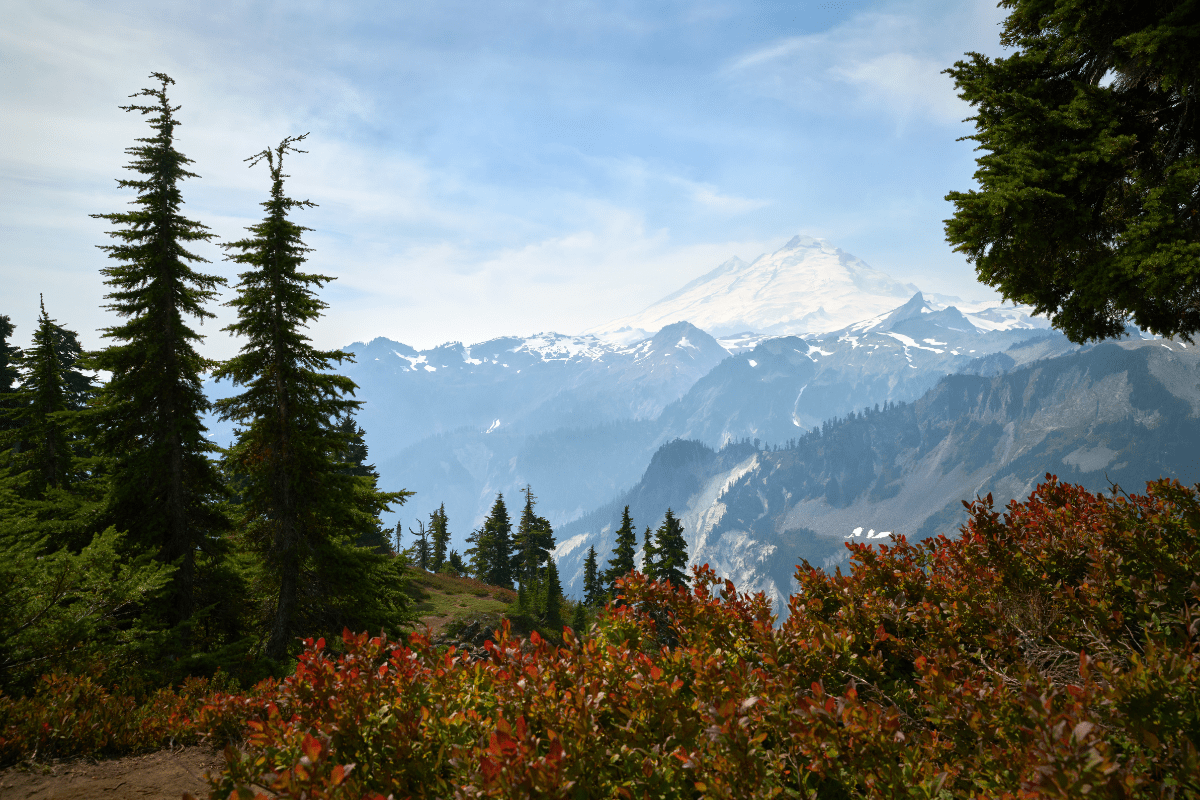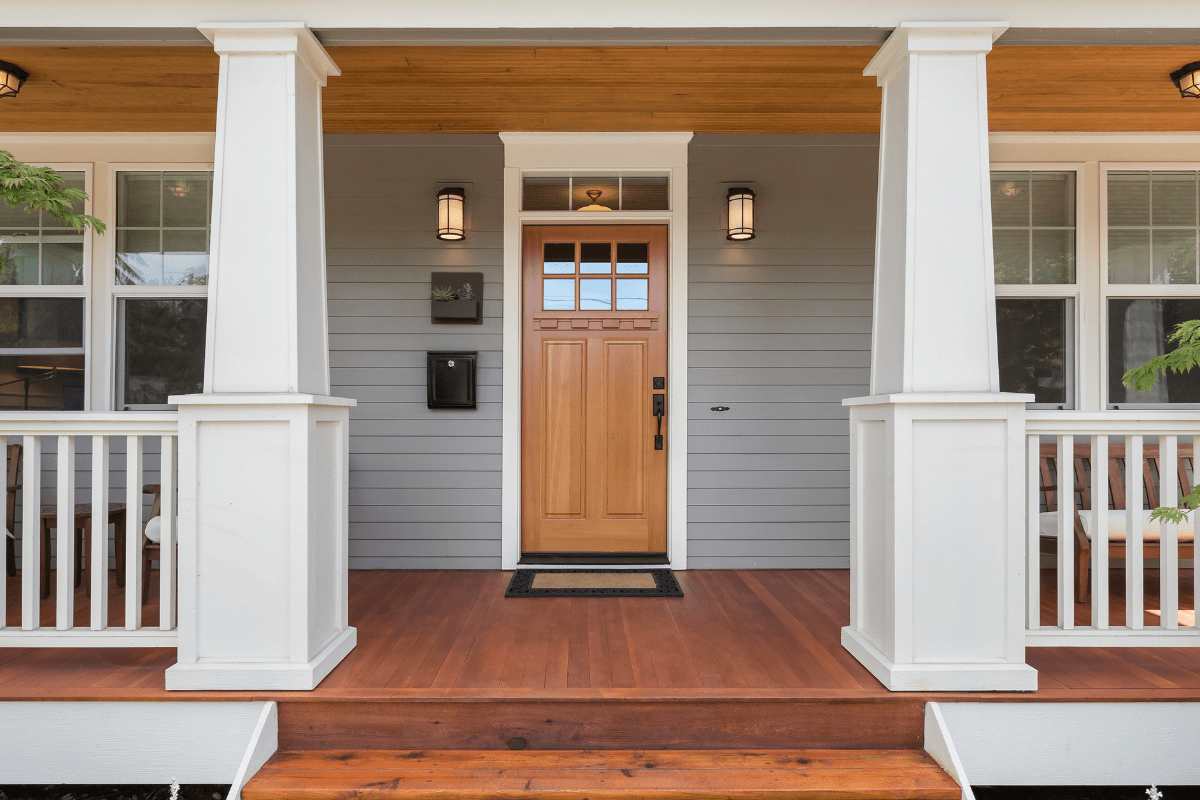Washington's kayaking scene is basically a choose-your-own-adventure book where every page leads to hypothermia if you're not careful. But seriously, with 3,026 miles of coastline and more lakes than you can shake a paddle at, this state offers some of the most diverse paddling experiences in North America… assuming you respect the fact that the water stays colder than your ex's heart year-round.
Why Washington's waters demand respect (and a really good wetsuit)
Let me paint you a picture that'll make you want to invest in quality neoprene. Even in the dead of summer, when everyone's complaining about Seattle hitting 85 degrees, Puget Sound water temperatures barely crack 57°F. Local guides have this cheerful little saying called the "50/50 Rules": in 50°F water, a 50-year-old has a 50% chance of surviving 50 minutes. Math has never been scarier.
The statistics get even more sobering when you realize that 80% of kayaking fatalities involve people who thought life jackets were just suggestions. Those first two minutes after hitting cold water? That's when your body involuntarily gasps, accounting for 20% of drownings. Your muscles essentially rage-quit after about 400 yards of swimming, even if you're basically Michael Phelps on land.
Washington law keeps things simple but strict. Everyone needs a USCG-approved PFD on board, kids 12 and under must actually wear theirs on boats under 19 feet, and you need a whistle attached to your vest. Sure, adults aren't legally required to wear their life jackets, but given those hypothermia statistics, skipping one is like bringing a knife to a gunfight… except the gun is freezing water and the fight lasts about 30 minutes.
The new orca rules that could cost you a house down payment
Here's something that changed dramatically in 2025: you now need to stay 1,000 yards away from Southern Resident killer whales. That's ten football fields, folks. The previous 100-yard rule apparently wasn't cutting it for protecting the remaining 74 Southern Residents. Violations can hit you with fines up to $100,000, which is approximately 100,000 reasons to bring binoculars and learn what orcas look like from really, really far away.
Getting your paperwork in order (because bureaucracy loves kayakers too)
The permit situation in Washington reads like a complex board game manual, but I'll break it down so you don't show up at a launch site only to get turned away by a ranger who's having a bad day.
First up, the Discover Pass situation. Currently $30, but it jumps to $45 on October 1, 2025, because apparently inflation affects nature access too. Add the Natural Investment Permit for another $80 annually if you want to launch watercraft at state parks, though camping fees thankfully cover daily launch costs.
Planning to paddle the San Juan Islands? Mark your calendar with a Sharpie. Residents get first dibs April 15-17, then the rest of us peasants can try our luck starting April 22. Olympic National Park opens their summer reservation floodgates April 15 at 7:00 AM Pacific, and you better believe that website crashes harder than a beginner kayaker in rapids. You're looking at a $6 non-refundable reservation fee plus $8 per person per night, and forget about walk-up permits… they've gone the way of the dodo.
The Cascadia Marine Trail offers a different approach with 55+ shoreline campsites scattered across Puget Sound. They're shooting for sites every 5 to 8 miles, though they're only 25% of the way toward their ambitious goal of 225 to 460 total sites. Most operate on a first-come, first-served basis, which sounds democratic until you're racing another kayaker to the last available spot at sunset.
San Juan Islands: Tourist central with a side of orcas
The San Juan Islands remain Washington's undisputed sea kayaking champion, though navigating the new wildlife regulations feels like playing three-dimensional chess while balancing on water.
Friday Harbor serves as command central for most paddlers, with multiple outfitters within stumbling distance of the ferry terminal. If crowds make you itchy, Fourth of July Beach at American Camp offers free parking and direct beach launches. Just remember your Discover Pass, or you'll be making a donation to Washington State Parks via citation.
Now, about Deception Pass… locals call the area under the bridge the "Room of Doom," which should tell you everything. With currents reaching 8 knots and whirlpools that look like nature's garbage disposals, this spot is strictly for paddlers who list "near-death experiences" as a hobby.
Wildlife watching peaks from May through September, though Southern Residents have increasingly ghosted the area for offshore dining at Swiftsure Bank. Transient orcas, however, stick around year-round like that friend who never got the hint about leaving the party. Harbor seals sun themselves at Coffin Rocks and Gull Rocks near Deception Pass, presumably wondering why humans voluntarily enter their freezing habitat.
The hidden gems that locals pretend don't exist
Cypress Island deserves more love than it gets. Skip the ferry hassle entirely with a 3 to 5 hour paddle from Anacortes, arriving at a 90% protected Natural Area Preserve. Two primitive campsites at Cypress Head and Pelican Beach come with vault toilets and fire rings, which is basically glamping by kayak camping standards.
Willapa Bay down in southwest Washington encompasses one of the nation's largest pristine estuaries, though "pristine" here means "incredibly picky about tides." You need minimum 5-foot tides for safe navigation, using Tongue Point, Oregon as your reference. Long Island offers five camping areas with fire rings and tables but zero potable water, so pack like you're crossing the Sahara.
Hood Canal provides a quieter alternative to Puget Sound's greatest hits. Pleasant Harbor, located 12 miles south of Quilcene, offers protected waters perfect for multi-day trips. The Dosewallips estuary attracts spawning salmon, Roosevelt elk, and enough seals to make you wonder if you've accidentally paddled into a nature documentary.
Whitewater rivers: Where kayaks go to test their life insurance
Washington's river scene operates on a seasonal schedule that would make a farmer jealous. March through July brings the goods, though the White Salmon River laughs at seasons with its year-round dam-controlled flows.
The White Salmon's Middle section delivers 4.6 miles of Class III-IV rapids, culminating in the optional Husum Falls… a 10-foot Class V drop that separates the brave from the sensible. The dam control means consistent flows, which is nice when Mother Nature can't make up her mind about rainfall.
The Skykomish's Boulder Drop: Not your average rock collection
Boulder Drop on the Skykomish River has earned its reputation as Washington's most notorious rapid. At normal flows it's Class IV, but above 6,000 CFS it transforms into Class V chaos that makes experienced paddlers question their life choices. Located three miles below the Index put-in, this quarter-mile boulder field requires mandatory scouting and comes with a 16+ age restriction, because apparently letting teenagers navigate liquid death is frowned upon.
The Wenatchee River near Leavenworth offers a more family-friendly vibe between Lake Wenatchee and Tumwater Campground. Key features include:
- Rodeo Hole for playboating
- Turkey Shoot waves for surfing
- Satan's Eyeball hydraulic (kayak eater)
- Multiple eddies for catching breath
- Riverside camping at Tumwater
- Easy shuttle road access
Mountain lakes that look better in photos than reality
Lake Chelan stretches 50 miles into the North Cascades, earning the title of Washington's longest lake and "most likely to humble overconfident paddlers."
The primary launch at Lake Chelan State Park charges $10 per night for moorage, with boat-in campsites offering wind-protected shelters along the shoreline. Here's the catch: afternoon winds transform this narrow lake into conditions that marina workers professionally describe as "hellacious." Morning paddles aren't just recommended; they're basically mandatory unless you enjoy fighting nature.
Ross Lake takes remoteness to absurd levels. Your access options include a 1.2-mile portage from Diablo Lake with 525 feet of elevation gain (basically a StairMaster with boats), or a 40-mile drive through British Columbia. The water never exceeds 50°F because apparently Ross Lake missed the memo about summer. Sudden afternoon winds create dangerous swells faster than you can say "maybe we should have stayed home."
The lake's 19 boat-in campsites include fire rings, bear boxes, and vault toilets, though securing permits requires the patience of a saint and the clicking speed of a concert ticket buyer.
Diablo Lake: Instagram's favorite paddling spot
Diablo Lake's famous turquoise waters come courtesy of glacial flour, which sounds delicious but is actually just suspended rock particles. Launch from Colonial Creek Campground before 10 AM for calm conditions, because after that, the wind shows up like an uninvited relative and generates foot-high waves within minutes.
Urban paddling for people who hate driving
Lake Union and Lake Washington offer the ultimate convenience play, with Northwest Outdoor Center and five other rental operations ready to enable your urban paddling dreams. Hourly rates run $21 to $29, though some places offer weekday specials where the third and fourth hours paddle free, which is capitalism's way of saying "please kayak on Tuesday."
The unique Seattle challenge involves dodging seaplanes, ferry traffic, and the city's famous floating homes. It's like Frogger, but you're the frog and everything else floats.
Professional services: Because sometimes you need an adult
Guide services have exploded across Washington, each trying to out-niche the others. Discovery Sea Kayaks charges $139 for half-day trips and $899 for three-day camping expeditions. Sea Quest Kayak capitalizes on Puget Sound's bioluminescent plankton with $149 nighttime tours that make you feel like you're paddling through Avatar.
Hood Canal Adventures in Brinnon wins the "most Seattle" award with biologist-led tours that combine paddling with oyster shucking. Because nothing says Pacific Northwest like eating seafood you just paddled over.
Equipment rentals average $40 to $60 daily for sea kayaks, while multi-day guided trips range from $625 for two-day Cypress Island expeditions to $1,449 for five-day all-inclusive adventures where someone else worries about the logistics.
Storage and accommodations that understand wet gear
The cottage industry of kayak storage has emerged to solve the "where do I put this 17-foot boat" problem. Seattle Kayak Storage offers $65 monthly waterfront lockers with annual leases, while Kenmore Kayak Storage provides daily rates at $1 with annual contracts.
Ross Lake Resort operates seasonally from mid-June through October, providing cabin accommodations and crucial portage services between Diablo and Ross lakes. Their equipment storage and resupply services prove invaluable when you realize you forgot something important… like food.
Pleasant Harbor RV Park on Hood Canal offers secure gated parking at $1 daily, which is basically free in Seattle dollars. Alderbrook Resort goes full luxury with extensive docks, kayak rentals, moorage, and even floatplane access for those who prefer their wilderness adventures with a side of champagne.
When to paddle (spoiler: mornings are your friend)
Seasonal timing in Washington requires more planning than a royal wedding. Sea kayaking peaks from May through September for wildlife viewing, though the orcas increasingly treat these months as suggestions rather than rules. Whitewater runs best from March through July, with flows monitored obsessively by paddlers who refresh USGS gauges more than their Instagram feeds.
The universal truth across all Washington paddling: mornings offer calm conditions while afternoons bring winds that seem personally offended by your presence. This pattern holds whether you're on Puget Sound, mountain lakes, or anywhere else water meets sky.
The bottom line on Washington kayaking
Washington's kayaking scene isn't trying to kill you, but it's not exactly rolling out the welcome mat either. The state offers world-class paddling across every possible category… sea kayaking with orcas (from a distance), whitewater that ranges from playful to psychotic, mountain lakes that redefine the word "pristine," and urban paddling for when you can't be bothered to leave the city.
Success here requires respecting the cold water, understanding the permit maze, and accepting that afternoon winds are basically nature's way of saying "go home, you're done." Pack your wetsuit, bring your patience for reservation systems, and prepare for some of the most spectacular paddling experiences North America has to offer. Just remember: in Washington waters, hypothermia is always invited to the party, so dress accordingly.





